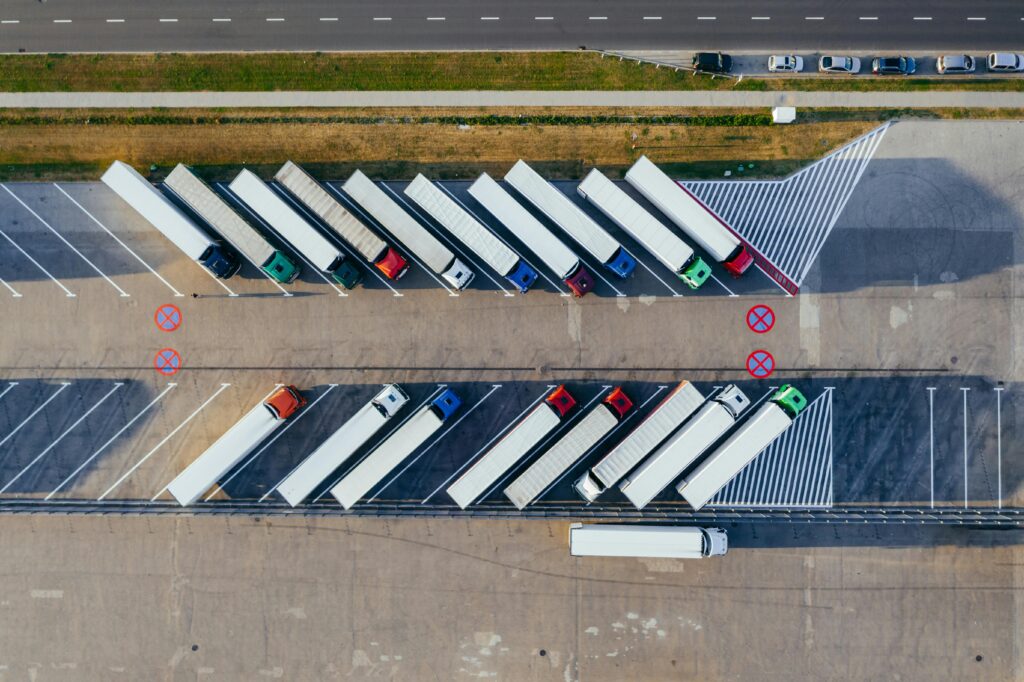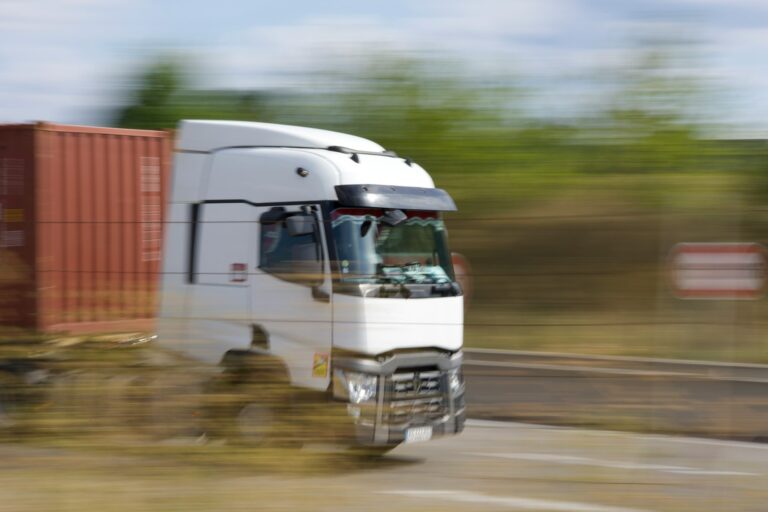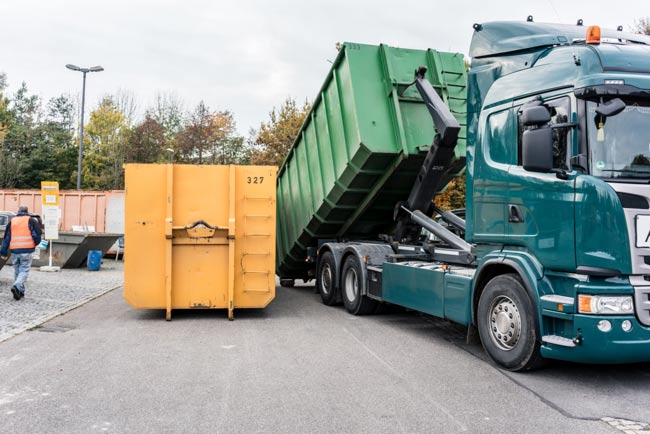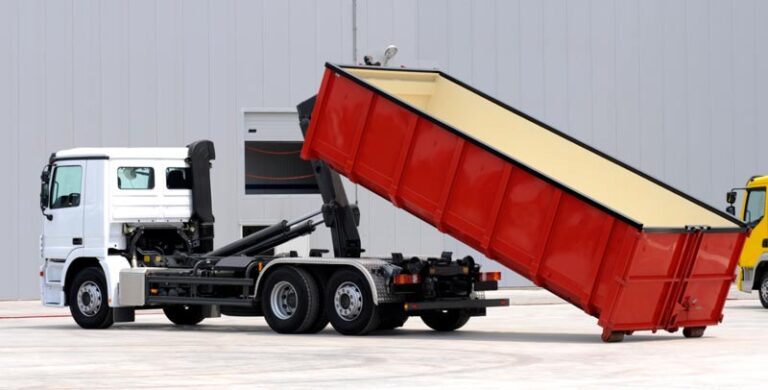Contents
- An introduction to lorries
- Is a lorry a truck?
- What are rigid lorries?
- What are articulated lorries?
- HGVs or Heavy Goods Vehicles – a summary
- LGVs
- Lorry classes explained
- Lorry uses in the UK
- STGOs: what are they and do I need one?
- What information should be shown on a Weight Plate?
- What are Euro emissions ratings?
- Useful links
We all see lorries on UK roads – according to the Department for Transport, lorries travelled 17.4 billion miles in 2022 but how do you tell one from the other?
If internet searches are anything to go by, the people need to know, so read on to find out!
An introduction to lorries
Lorries are large vehicles used for transporting goods by road. The word lorry is thought to come from the verb lurry, which according to the Oxford English Dictionary, dates back to the 17th century, and means “to carry or drag along”.
The domestic supply chain that transports most of our daily commodities are distributed around the country on lorries of all shapes and sizes to supermarkets and shops – think food, clothing, appliances, furniture, newspapers etc.
All these products are carried across the country from manufacturers and importers on lorries at some point on their journey. But there are a number of types of lorry and multiple uses for them too.
At MHF we stock a range of lorries that tend to be used for the waste management industry, including hook loaders, skip loaders and flatbed lorries that carry demountable bins.
Is a lorry a truck?
Don’t be confused – lorries and trucks are indeed one and the same! In the UK the term lorry tends to be used whereas the word truck is often used in American contexts. Both are the same and are interchangeable. We’ll use the word lorry in this article to keep things straight forward.
What are rigid lorries?
Rigid lorries have a fixed cab and trailer. This means that the vehicle is rigid and does not bend along its length.
Because rigid lorries are fixed between the cab and the trailer and the trailer does not detach, the driving experience is most like driving a car or van – the vehicle is just quite a lot bigger!

The turning circle of a rigid lorry is quite large as the entire length of the vehicle is fixed and has to move as one. You’re going to need to be handy at three (or five!) point turns if you’re the driver of a rigid lorry.
Rigid lorries typically have 2 axles but 3 axle and 4+ axle rigid lorries are also seen as well. Two-axle rigid lorries have a maximum gross weight of between 7.5 tonnes and 18 tonnes. Three-axle rigid lorries have a maximum gross weight of 26 tonnes and four axle rigid lorries have a maximum gross weight of 32 tonnes. Lorries with more than four rigid axles can have a maximum gross weight of 44 tonnes.
It’s important to point out that in order to drive a rigid lorry a driver needs to obtain a HGV licence as rigid lorries are not covered by a standard UK driving licence. A number of different skills are required to drive them.
What are articulated lorries?
An articulated lorry is a vehicle which has a permanent or semi-permanent pivot joint between the cab and trailer, which enables it to turn more sharply than rigid vehicles.
Articulated lorries have the capacity to transport heavier loads, with this type of lorry having a maximum gross vehicle weight of 44 tonnes.
A typical configuration for an articulated lorry is a tractor cab pulling a trailer than can be loaded with goods. Because of their length and weight, articulated lorries are most suited to travelling long-distance journeys.
Semi-permanent trailers may be unhitched and replaced, enabling a tractor cab to deliver a trailer to a particular destination and either return without a load or continue its journey with a different trailer.
The maximum permitted length of an articulated HGV is 16.5m however other configurations of tractor cab and trailer can be longer than this. The Department for Transport and Driver and Vehicle Standards Agency explains the allowed maximum overall vehicle lengths here.
As with rigid lorries, a driver must possess a HGV licence in order to drive articulated lorries due to their size and weight and the completely different handling skills required.
HGVs or Heavy Goods Vehicles – a summary

Lorries are also known as Heavy Goods Vehicles or HGVs. These vehicles weigh over 7.5 tonnes and as you would expect, require specialist driving skills. If you want to drive HGVs you must undergo training and take an HGV driver test to earn a Heavy Goods Vehicle Driver’s Licence from the Driver and Vehicle Licencing Agency (DVLA), which could be C1, C1+E, C or C+E.
According to the Department for Transport (DfT) there are three main types of Heavy Goods Vehicles in the UK.
- Smaller 2-axle lorries, which have a maximum gross weight of between 3.5 tonnes and 7.5 tonnes.
- Bigger 2-axle lorries, with a maximum gross weight of between 7.5 tonnes and 18 tonnes.
- Multi-axle lorries. These vehicles may have 3, 4, 5 or 6 axles and can be rigid or articulated. The UK maximum gross weight in tonnes for these vehicles ranges from 25 tonnes to 44 tonnes.
The DfT guide to lorry types and weights can be found here.
LGVs
The acronym “LGV” stands for Large Goods Vehicles. Under UK and European law LGVs and HGVs are essentially the same thing. The term LGV was replaced by the term HGV because vehicles that weigh under 3.5t are known as light goods vehicles. This was confusing, so Large Goods Vehicles are now known as Heavy Goods Vehicles.
Light goods vehicles are all vehicles up to a gross vehicle weight of 3.5t. Standard UK driving licences allow drivers to drive all light goods vehicles.
Lorry classes explained
When it comes to driving lorries there is a wide range of licence classes that are tailored to the different vehicle sizes and the nature of loads to be carried. You must have the correct licence before driving any HGV. Some of the licence classes that relate to HGV drivers are outlined below.
| Licence Class | Lorry Type |
|---|---|
| Class 1 / Category C+E | Over 7.5 tonnes, trailer can detach |
| Class 2 / Category C | Over 7.5 tonnes, rigid body base, cannot be detached |
| Category C1 | 3.5 tonnes to 7.5 tonnes. Drivers that passed their driving test before 1997 automatically get this kind of licence. |
| Lorry Loader or HIAB | Enables a driver to operate a lorry loader or machinery that will use hydraulic attachments to load goods on to a trailer |
For up-to-date information about lorry classes visit https://www.gov.uk/driving-licence-categories
Lorry uses in the UK
Almost anything that needs to be transported from one place to another can travel on or in a lorry – their uses are so varied that the list is almost endless. For example, some lorries have flatbed trailers and hydraulic lifting equipment that can carry demountable bins, others pull refrigerated units and others hold livestock.
From a distribution network perspective, articulated lorries and rigid lorries are essential, transporting large volumes of dry and consumer goods around the country.
From construction materials to the food that we eat, lorries have become part of the backbone of the UK economy. Lorry traffic is seen to increase when the economy is doing well, reflecting the fact that a high proportion of lorries on UK roads are used in the consumer distribution/supply chain.
This is evidenced by a notable decrease in lorry traffic during the pandemic, when the country was in lockdown and the economy slowed down.
Other uses for lorries require vehicles to have specialist equipment in place, including highway maintenance vehicles, hook loaders, skip loaders, tow trucks and car transporters to name a few.
Depending on the load type lorries may be used for long-distance haulage, or for shorter distance work. Again, usage will vary according to the nature of the roads that need to be travelled, with some lorries using the motorway network and others using A-roads in a more local area.
STGOs: what are they and do I need one?
More unusual lorries must have an STGO, or Special Types General Order in order to be allowed to use roads in the UK.
An STGO will show which category a vehicle is licenced to operate within.
The types of lorry/vehicle which are usually required to have an STGO include:
- Abnormal indivisible loads (AIL)
- Mobile cranes
- Engineering plant
- Road recovery vehicles
For more information about STGOs, read our article here.
What information should be shown on a Weight Plate?
Lorries must comply with closely regulated permitted weights and dimensions in order to drive legally on UK roads.
This information is shown on a weight plate that is fitted to the lorry. Further information on weight plates is available in our information article here, and also from DVSA.
What are Euro emissions ratings?
Euro VI emission standards, the latest and most stringent standard for vehicle emissions currently in place, were introduced by the European Commission in January 2013 for new vehicles and 2014 for all registrations. They are the latest and most stringent emissions standards that must be met by HGVs on Europe’s roads.
Further information on Euro emissions ratings can be found in our article here.
Useful links
We have included a number of links to further information throughout this article. Here is a list of those links for your convenience.
Euro emissions ratings (MHF article)
GOV.UK guide to lorry types and weights
HGV weight plates (MHF article)
Maximum length of vehicles used in Great Britain
STGO regulations and categories (MHF article)




